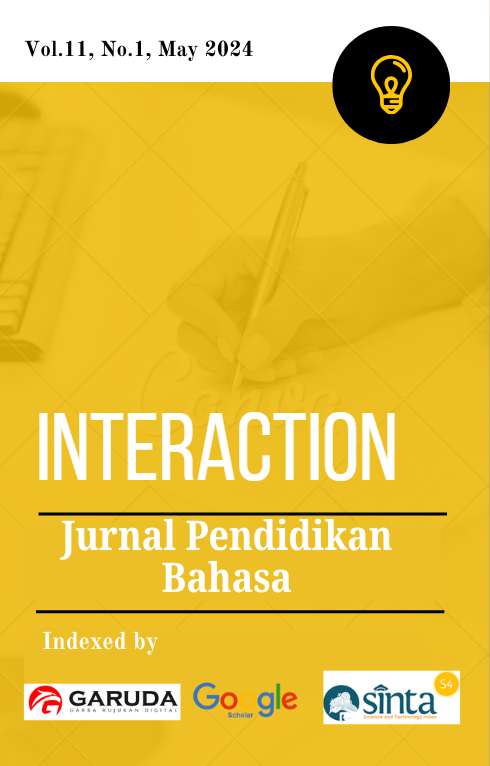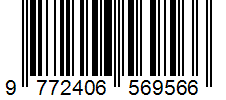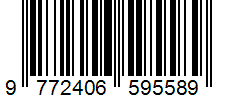An Analysis Socio-Cultural Critique of Uang Panai in the Buginese Tribe
Keywords:
Socio Culture, Uang Panai, BugineseAbstract
This research aims to conduct a critical analysis of the social and cultural dimensions of Panai money in the Bugis community. Panai money, as a traditional form of money, has a significant role in the social and cultural dynamics of the Bugis people. This research carries a qualitative method with a cultural anthropology approach to explore a deep understanding of the practice of using Panai money and its impact on social structure and cultural values within the Bugis community.Data were obtained through in-depth interviews, participatory observation, and content analysis of relevant primary and secondary sources. The results showed that Panai money was not only a medium of exchange, but also a symbol of wealth, honor, and social status in Bugis society. The existence of Panai money contributes to the formation of social hierarchies and the construction of cultural values inherent in these societies.A critical analysis of Panai money within the social and cultural context of the Bugis community can provide a better understanding of the dynamics of social relations and power structures within this community. The implications of this research are expected to contribute to a further understanding of traditional economic practices and the complexity of social structures in the context of Bugis society as well as provide a foundation for the development of better policies in preserving cultural heritage and maintaining social balance in the future








